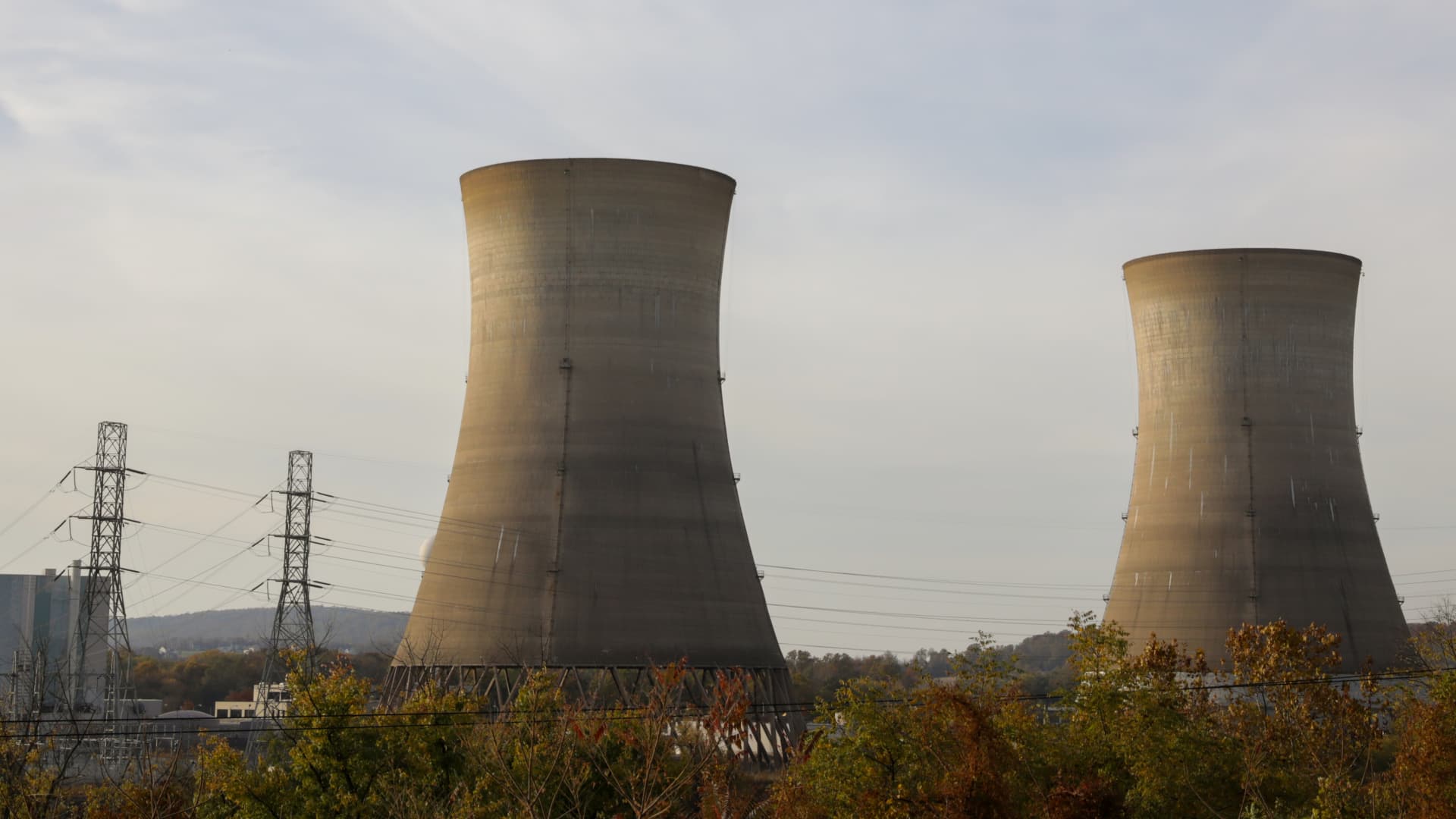- Nuclear power plants will receive the bulk of the money from the Energy Department’s loan office, Secretary Chris Wright said.
- The Trump administration struck a deal last month with the owners of Westinghouse to invest $80 billion to build nuclear plants across the U.S.
Nuclear power will receive most of the money from the Energy Department’s loan office as the Trump administration pushes to quickly break ground on new reactors, Secretary Chris Wright said on Monday.
“We have significant lending authority at the loan program office,” the Secretary of Energy said at a conference hosted by the American Nuclear Society in Washington D.C. “By far the biggest use of those dollars will be for nuclear power plants — to get those first plants built.”
President Trump signed an executive order in May that called for the U.S. to break ground on 10 large nuclear reactors by 2030. Alphabet, Amazon, Meta Platforms and Microsoft are investing billions of dollars to restart old nuclear plants, upgrade existing ones, and deploy new reactor technology to meet the electricity demand from artificial intelligence data centers.
Wright said he expects electricity demand from AI to attract billions of dollars in equity capital to build new nuclear capacity from “very creditworthy providers.” The Energy Department could match those private dollars by as much as four to one with low cost debt financing from the loan office, he said.
“When we leave office three years and three months from now, I want to see hopefully dozens of nuclear plants under construction,” Wright said.
Westinghouse deal
The Trump administration struck a deal last month with the owners of Westinghouse to invest $80 billion to build nuclear plants across the U.S. Westinghouse is owned by uranium miner Cameco and Brookfield Asset Management.
Westinghouse has designed a modern reactor called the AP1000 that can power more than 750,000 homes. CEO Dan Sumner said in July that Westinghouse would meet Trump’s call to build large new plants with the AP1000 design.
Cameco Chief Operating Officer Grant Isaac said last week that the U.S. government has a number of options available to facilitate the financing of Westinghouse reactors, including the Energy Department’s loan office.
“We’re assured that there is a lot of interest in investing this minimum $80 billion in order to begin the process,” Isaac told investors on Cameco’s third-quarter earnings call.
Under the terms of the October deal, Westinghouse could spin out as a separate, publicly-traded company with the U.S. government as a shareholder.
But Westinghouse has struggled in the past to build the AP1000 on time and on budget. It went bankrupt in 2017 from cost overruns at big nuclear projects in Georgia and South Carolina.
Two AP1000 reactors entered service at Plant Vogtle in Georgia in 2023 and 2024, years behind schedule and billions of dollars over budget. The South Carolina project was cancelled.









